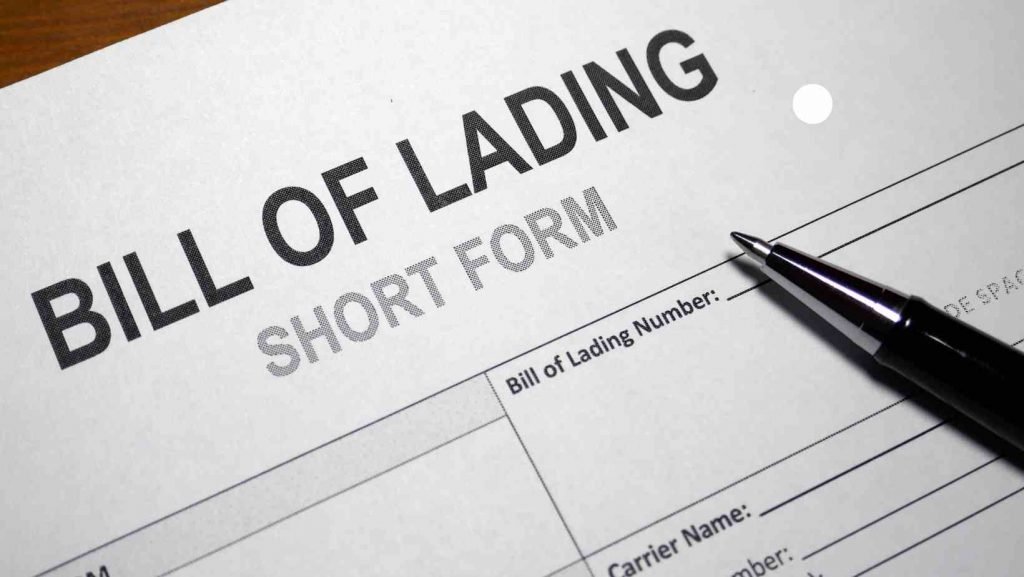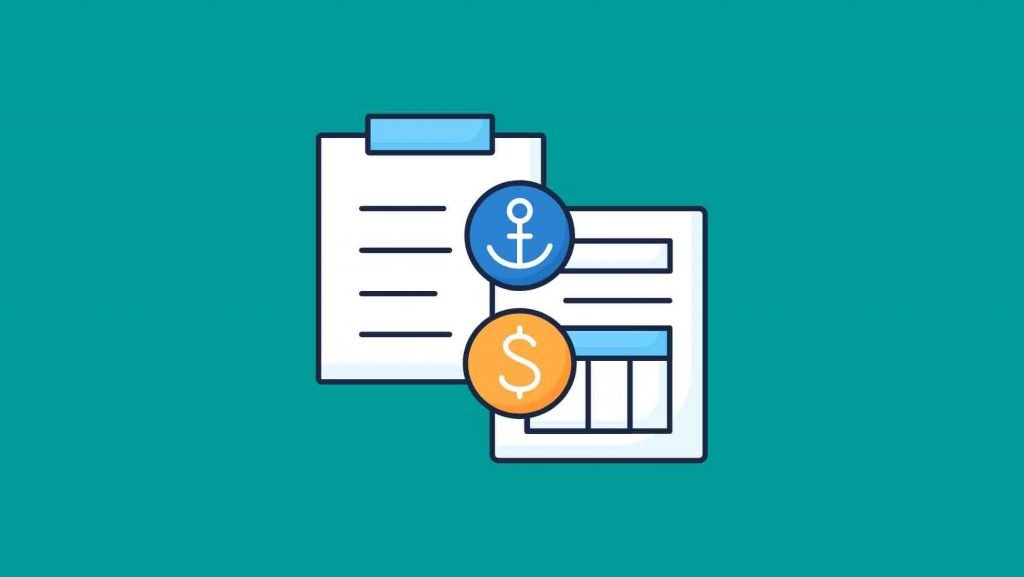If you’re involved in international trade, then you need to know about the bill of lading. This document is one of the most important in the process, and it’s essential that you understand its contents and implications.
In this post, we’ll discuss what a bill of lading is, the different types, and the importance of having a signed bill of lading.
What Is a Bill of Lading?
A bill of lading (BOL) is a document that serves as a receipt for goods being shipped internationally.
Think of it as a way of tracking your package. The bill of lading is a contract between the shipper and the carrier and it outlines the terms and conditions of the shipment. It also serves as evidence of ownership of the goods being transported.
The bill of lading serves as proof of ownership for the cargo being transported. It also provides information about where it was shipped from, where it’s going and what’s being shipped.
If you’re shipping something internationally, then you’ll need to get your Bill of Lading stamped by customs officials in both countries before you can transport it across borders.
In order to clear customs, the bill of lading must be presented to authorities. It’s also often used as a basis for making insurance claims in the event that goods are lost or damaged during transport.
Bills of lading as a shipping document
A bill of lading is a key shipping document because it serves as proof of the contract between the shipper and the carrier.
This document also lists the commodities being shipped and their respective weights and values. A bill of lading is required for all shipments going through customs, so it’s important to have one when shipping internationally.
To prepare a bill of lading, the shipper must first list the commodities being shipped and their respective weights and values. The shipper then signs the bill of lading, which gives the carrier permission to transport the goods. The carrier then signs the bill of lading, which acknowledges receipt of the goods.
Once the goods have been delivered, the carrier will provide the shipper with a signed copy of the bill of lading, which serves as proof that the shipment has been completed. The original bill of lading should be kept in a safe
What Are the Different Types of Bills of Lading?
This important document is used for shipments going by sea, air, road and rail transport. While a bill of lading is a common term for Sea or Ocean freight, Air Waybills are for air transport, Truck Waybills for road transport and Rail Waybills for rail transport.
Sometimes, these categories may be regarded as types of bill of lading, there are however some we identify as the standard bill of lading, we’ll focus on 3 for now.

There are three types of bills of lading:
1. The negotiable bill of lading is the most common type and widely used in international trade. It’s a contract between the shipper and the carrier that sets out the terms and conditions of the shipment.
2. The non-negotiable bill of lading is a document of title, which means that it proves ownership of the goods being shipped. This type of bill of lading is usually used for domestic shipments within a country.
3. The clean bill of lading indicates that the goods were received in good condition and without damage. A dirty or damaged bill of lading reflects that the goods were not received in the same condition.
Why Is the Bill of Lading Important?
It is one of the most important documents in international trade. It’s a document that serves as a receipt for the goods being shipped, and it also outlines the terms of the sale between the buyer and seller.
It’s important to understand the terms of the bill of lading, as it can impact your business dealings with other companies. If there are any discrepancies, it can be difficult to resolve them without this document.
Make sure you keep a copy of the bill of lading for your records, and always consult with an attorney if you have any questions about its contents.
The bill of lading contains important information about the shipment, such as the destination, the amount of cargo, and the type of cargo.
It is also important because it is used to track shipments and to make sure that the cargo arrives at its destination safely.
Aside from that, it is also used to settle disputes if there are any problems with the shipment. For these reasons, it is important to make sure that the bill of lading is accurate and complete.
Who Is Responsible for the Bill of Lading?
The bill of lading is a receipt for the goods being shipped, and it also serves as a contract between the shipper and the carrier.
The bill of lading is usually signed by the shipper, the carrier, and the consignee. The shipper is responsible for preparing and issuing the bill of lading, while the carrier is responsible for transporting the goods. The consignee is responsible for receiving and inspecting the goods.
If there are any discrepancies with the goods upon delivery, it is the consignee’s responsibility to file a claim with the carrier.
How to Make Sure You Have a Valid Bill of Lading
A bill of lading is a document that serves as a receipt for the goods that are being shipped. It also serves as a contract between the buyer and the seller, stating the terms of the transaction.
The bill of lading is an important document, and it’s crucial that you make sure it’s valid before you ship your goods. Here are a few things to keep in mind:
-The bill of lading must be signed by both the buyer and the seller.
-The bill of lading must include the buyer’s and seller’s full contact information.
-The bill of lading must list the specific goods that are being shipped.
-The bill of lading must be dated and stamped by the carrier.
Read Also: Running a Successful Importation and Exportation Business in Nigeria
Tips for Using a Bill of Lading
When you’re shipping goods internationally, a bill of lading is an important document to have. Here are a few tips for using it effectively:
1. Make sure all the information is correct before signing it. This includes the description of the goods, the weight, the shipping destination, and more.
2. Keep a copy of the bill of lading for your records. This will come in handy if there are any problems with your shipment.
3. Make sure you understand the terms and conditions of the bill of lading. This will help you avoid any surprises down the road.
4. Make sure you get a Bill of Lading Number from your freight company. This will help you track your shipment online.
5. Make sure you contact your freight company as soon as possible if there are any problems with your shipment. The sooner you address the issue, the sooner it can be resolved.
Conclusion
I hope this brief introduction to bills of lading has given you a solid understanding of how this document comes into play in the world of shipping.
Now that you’re prepared, perhaps you’re ready to go out and get your own bill of lading—or at least have a better idea of what to look for once someone gives it to you!



